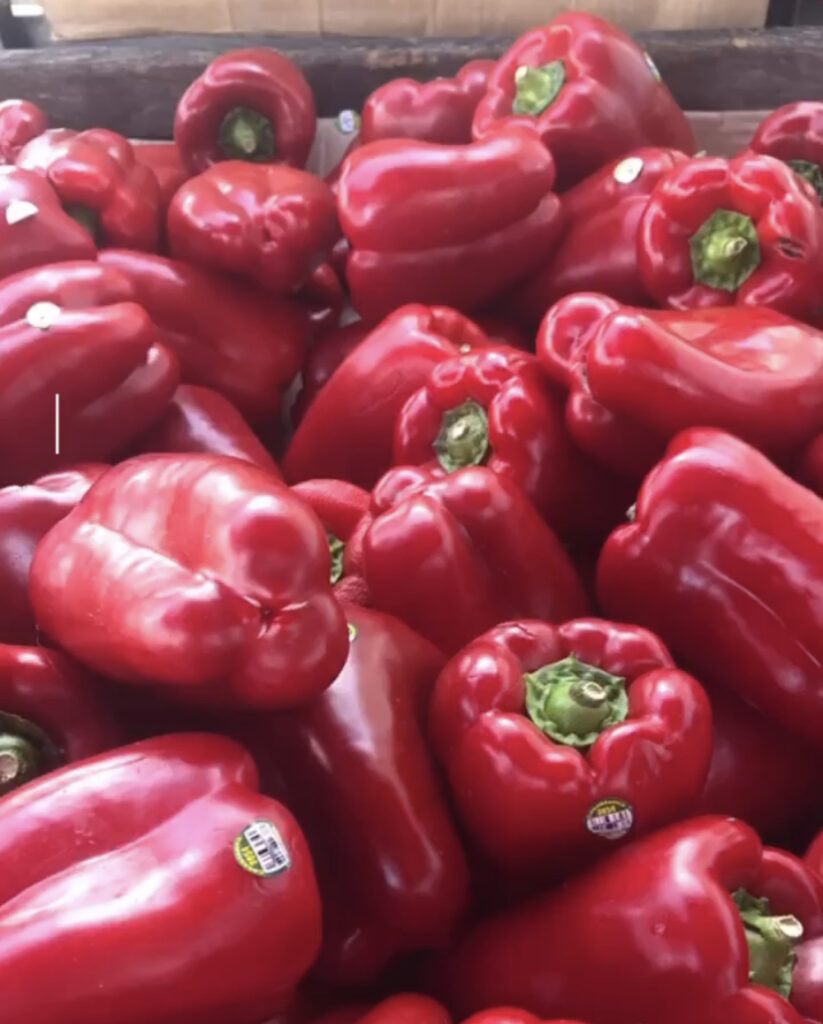Bell peppers are versatile and nutritious vegetables that are enjoyed around the world. While green bell peppers are often used in savory dishes, they are actually just unripe versions of the more commonly known red bell pepper. As the bell pepper matures, it changes color and becomes sweeter, while also increasing its nutrient content. Red bell peppers, in particular, are jam-packed with vitamins A and C, which are essential for maintaining a healthy immune system, as well as beta-carotene, which can help with vision health. In addition to their nutritional benefits, peppers contain capsaicin, a compound in spicy chile peppers. Capsaicin has been shown to have pain-relieving properties and is often used as a topical treatment for arthritis and muscle soreness. It is also believed to have potential cancer-fighting properties. Additionally, peppers are a great source of fiber and can help aid in digestion. With their vibrant colors and range of flavors, bell peppers are a delicious and healthy addition to any meal.
| Green bell peppers are just unripe red bell peppers. |
| If you’ve ever found yourself in the grocery store struggling to decide between red and green bell peppers — or even just wondering what the difference is between them — you may be interested to learn that they’re the very same vegetable. In fact, green bell peppers are just red bell peppers that haven’t ripened yet, while orange and yellow peppers are somewhere in between the two stages. As they ripen, bell peppers don’t just change color — they also become sweeter and drastically increase their beta-carotene, vitamin A, and vitamin C content. So while the green variety isn’t quite as nutritious as its red counterpart, the good news is that one eventually becomes the other.
Peppers have other superpowers, too. Capsaicin, the active component that makes hot chile peppers spicy (bell peppers lack it), has been used for pain relief and other medicinal purposes for centuries. It also pairs surprisingly well with chocolate, as the cocoa-obsessed Aztec emperor Montezuma could attest. Not all peppers are as friendly to the average palate, of course. According to the Scoville Scale, which measures spiciness, the world’s hottest pepper (currently the Carolina Reaper) is 200 times hotter than your average jalapeño — which is to say, probably not something you’d use to add some kick to a burger. |

